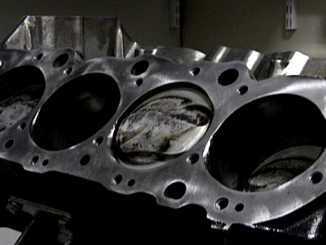
Whether you’re looking at a used car or evaluating one you already have, Uncle Tony explains two quick and easy methods to tell what’s going on inside the engine just by listening…
How To Listen To An Engine
When it comes to evaluating the condition of an engine, there are two traditional methods that rely on your sense of hearing. While a knocking noise at idle often indicates bearing issues, it’s possible for an engine to be worn without showing obvious signs. This article and video explores how you can utilize your ears to identify potential problems in your engine.
Method 1: Finding the Relaxed RPM
To truly gauge the engine’s condition, it’s essential to identify its relaxed RPM. This is the point at which potential issues become more audible. While revving the engine won’t reveal much due to each piston carrying its load, a slight release of throttle after revving can expose internal flaws. By listening carefully at this point, you might hear a rattling sound, resembling an old-fashioned phone ringing underwater. Such noises are indicative of impending trouble and suggest that the engine may need attention. Remember, relying solely on oil pressure gauges or other instruments may not provide an accurate assessment. Trusting your ears can be an invaluable diagnostic tool.
Method 2: Using a Broomstick Handle as a Sound Amplifier
If you’re trying to locate a specific noise within your engine, another helpful technique involves a broomstick handle. With the engine running, place one end of the handle against various engine components and rest your ear against the other end. This acts as a conduit, transmitting the sound vibrations to your ears. By carefully listening as you probe different areas, you can pinpoint the exact origin of the noise. Whether it’s coming from the front of the motor, the rear, or even the transmission, the broomstick handle method helps you isolate the source of the problem.
Conclusion
While modern diagnostic tools provide valuable insights into an engine’s condition, relying on your ears can still be an effective and accessible approach. By identifying the relaxed RPM and carefully using a broomstick handle as a sound amplifier, you can gain valuable information about potential issues within your engine. Always remember that unusual noises should never be ignored, as they can be early indicators of problems that require prompt attention. Trusting your ears and employing these old-school techniques can help you assess and maintain your engine’s health effectively.




